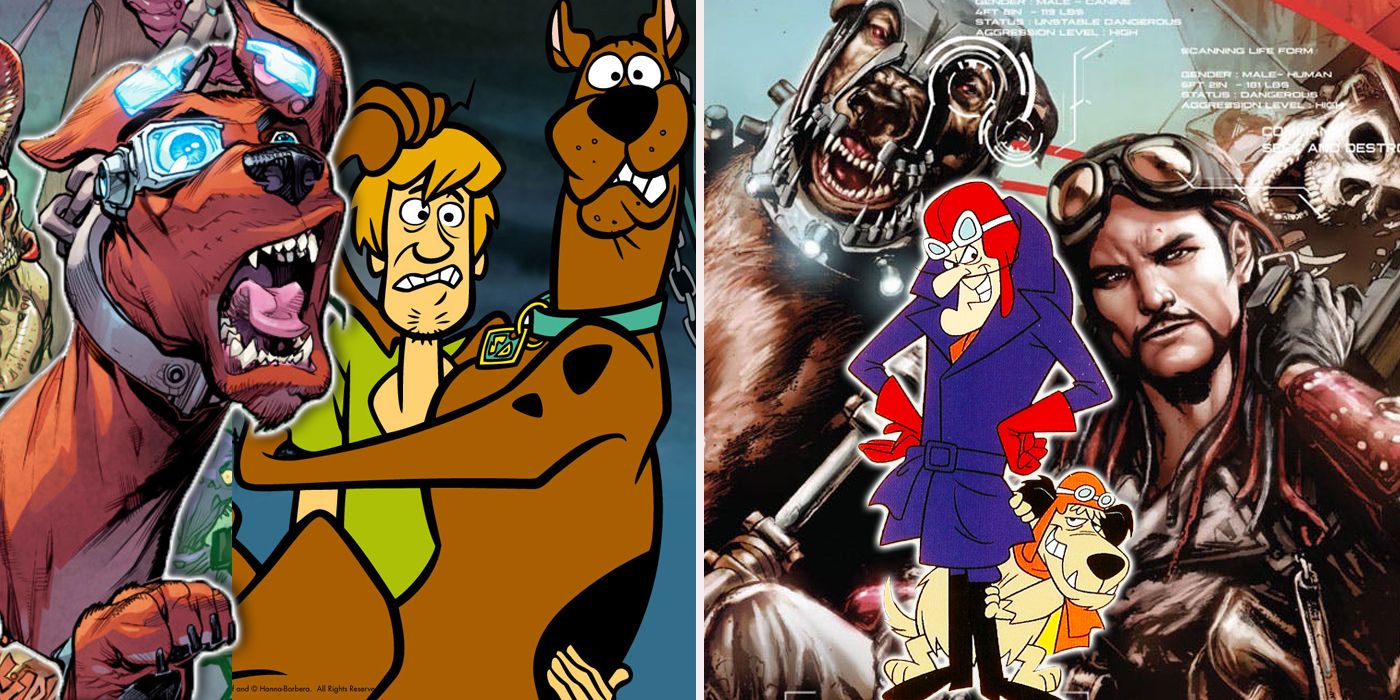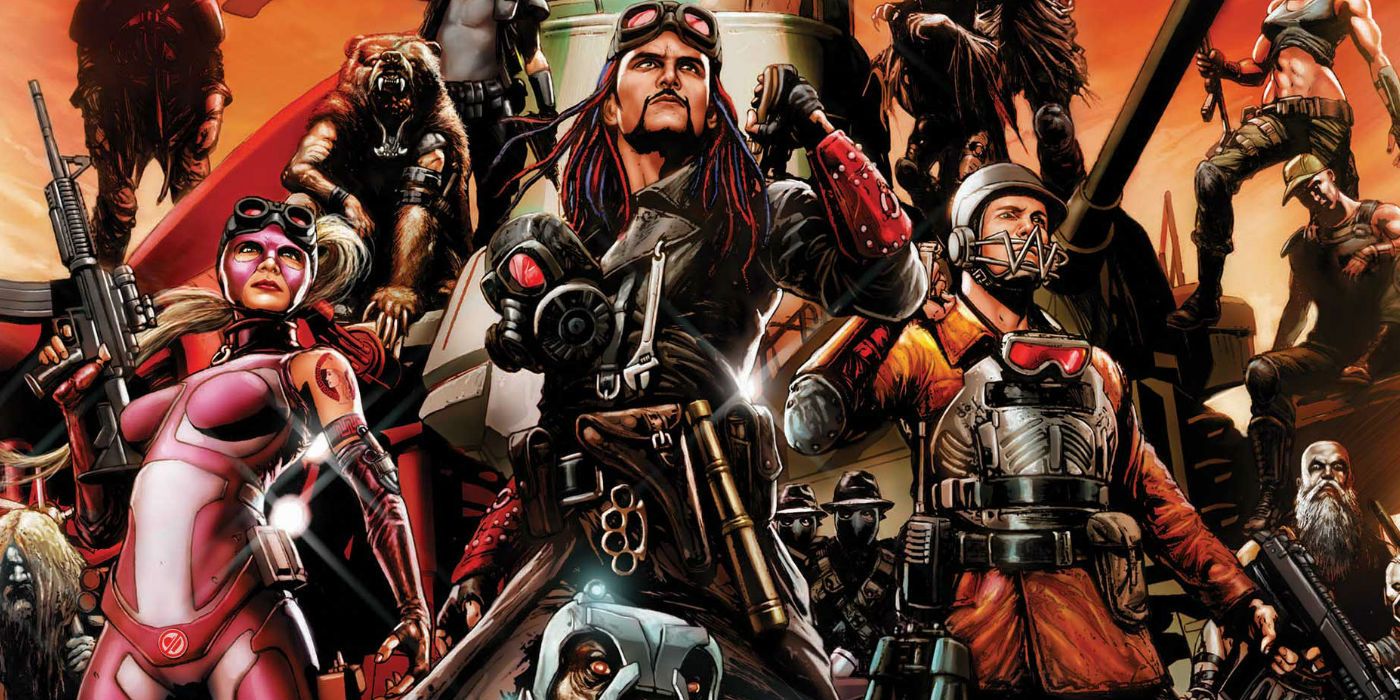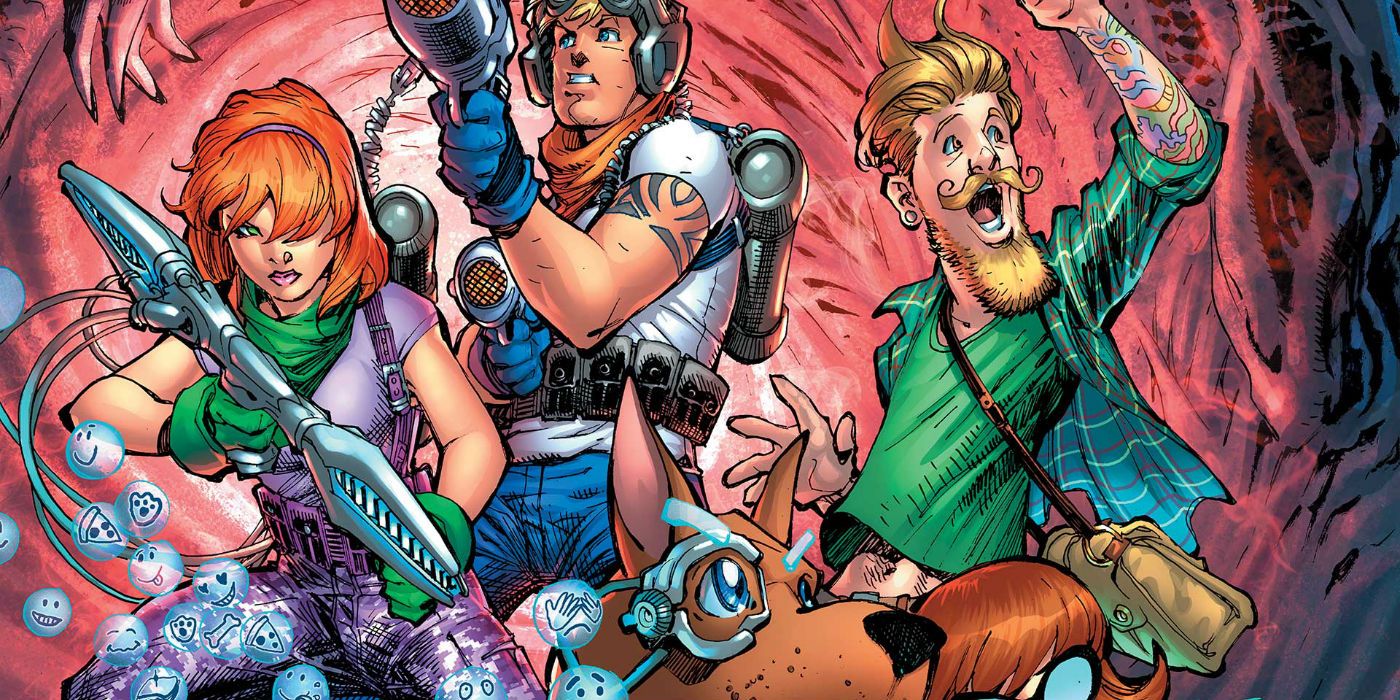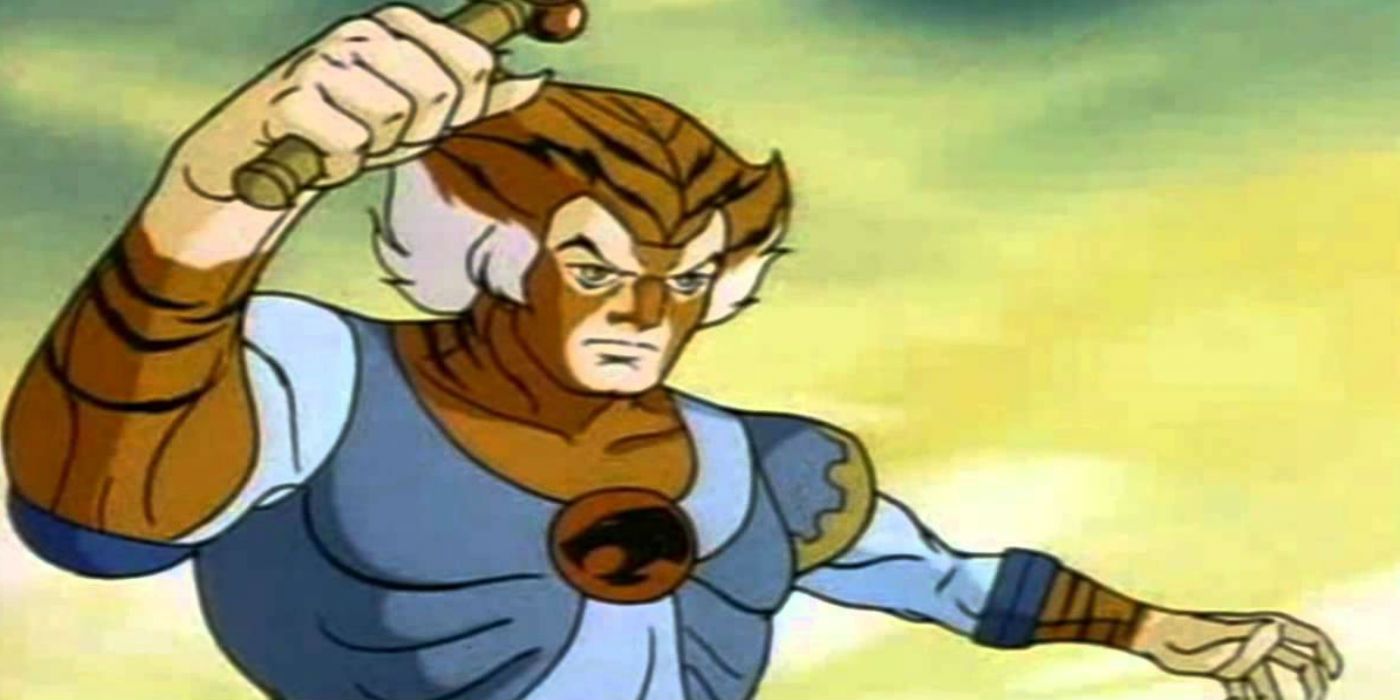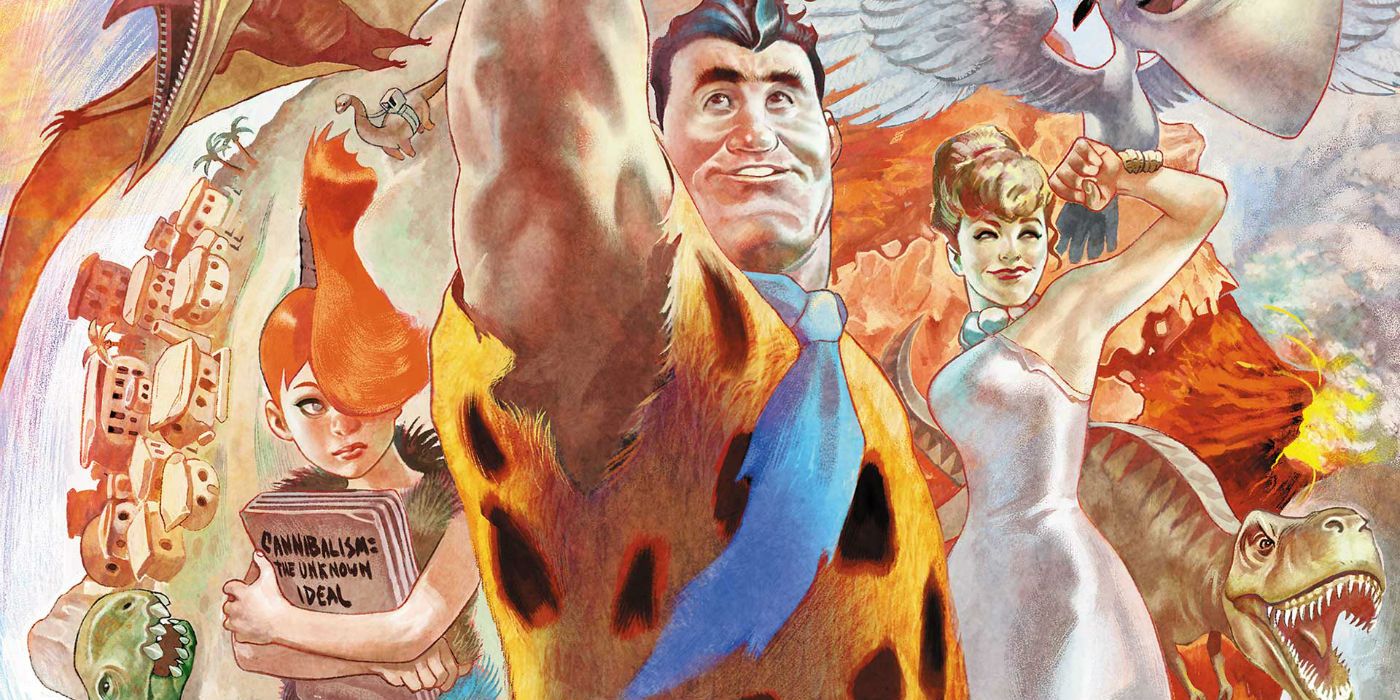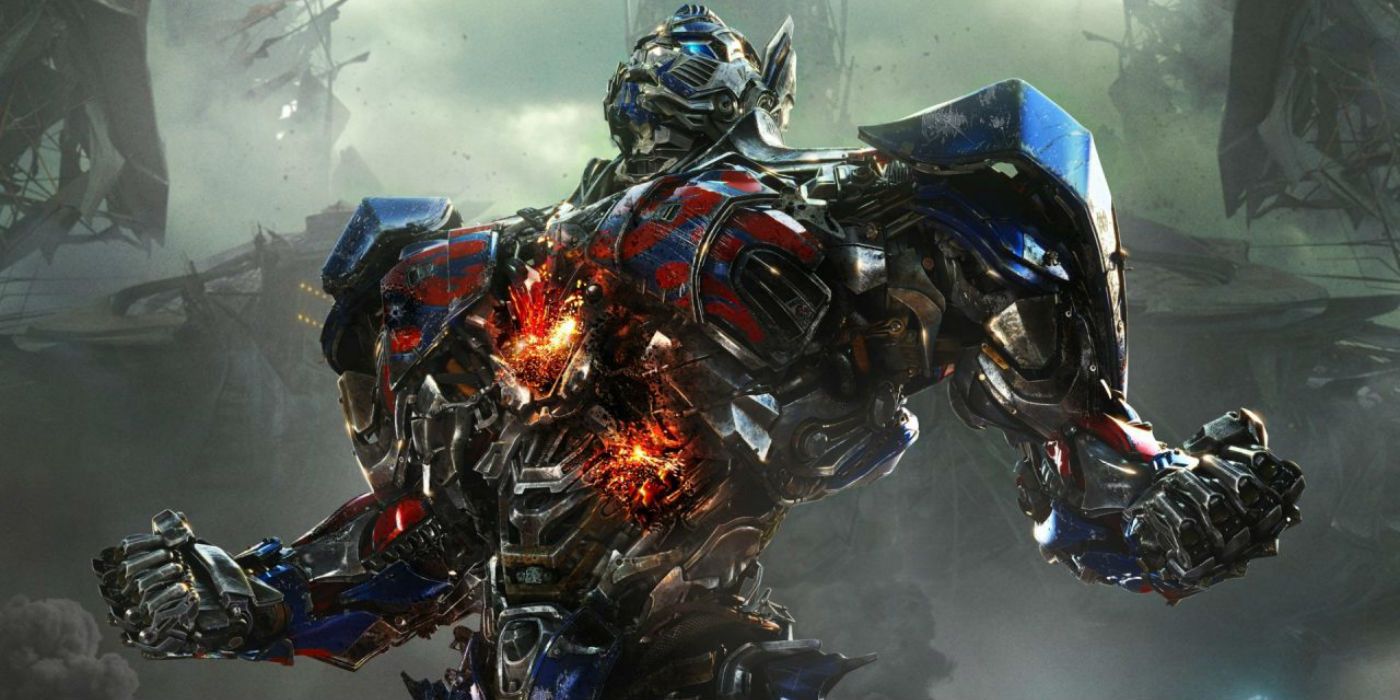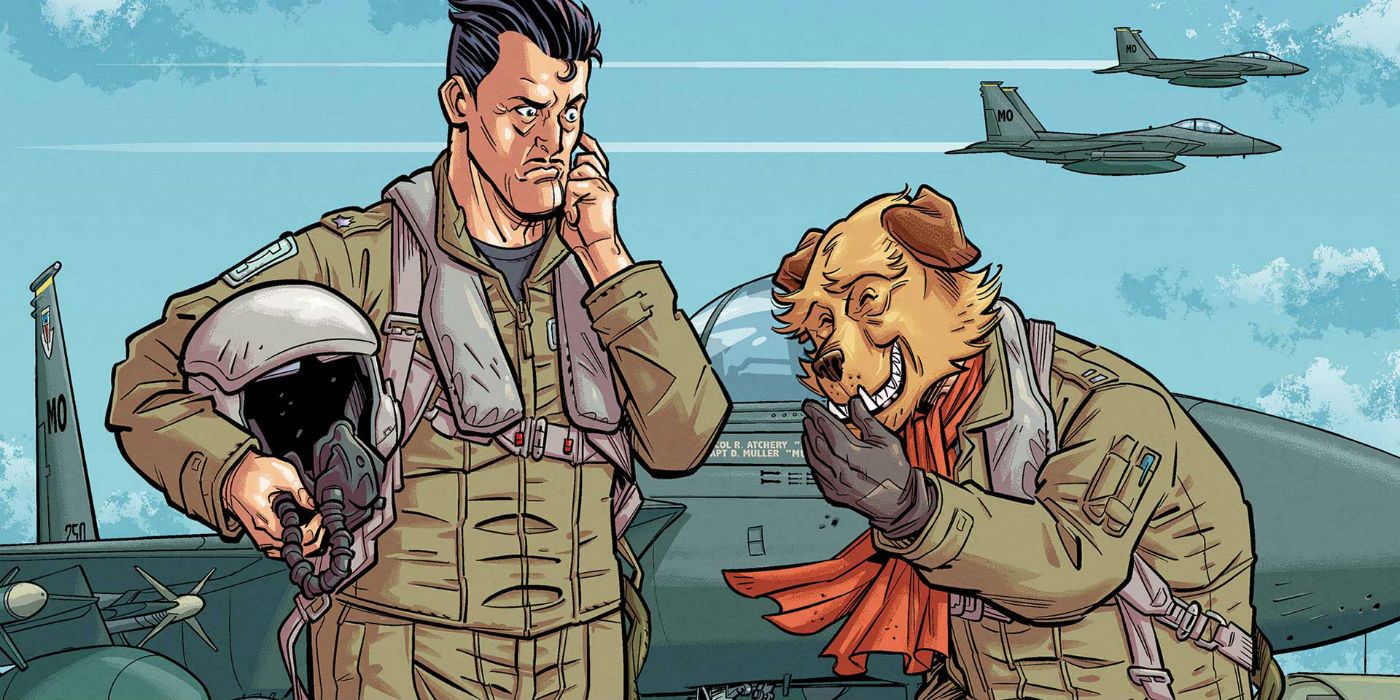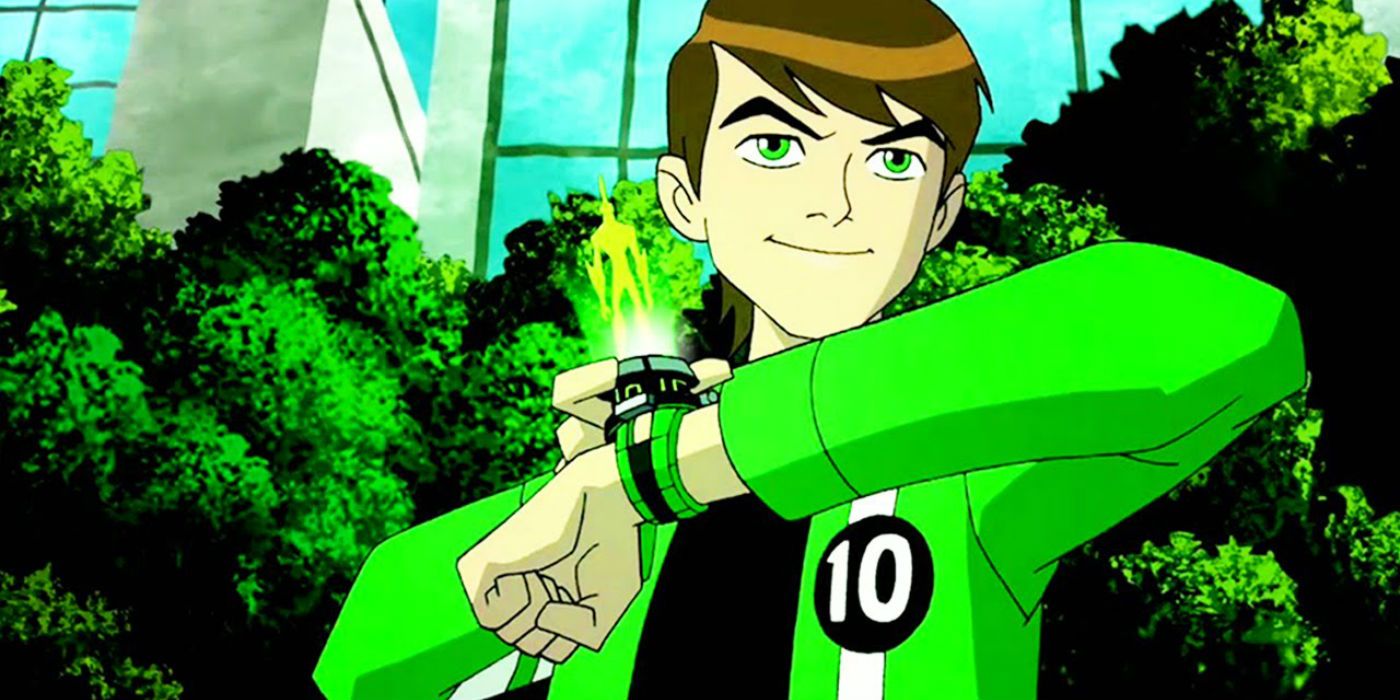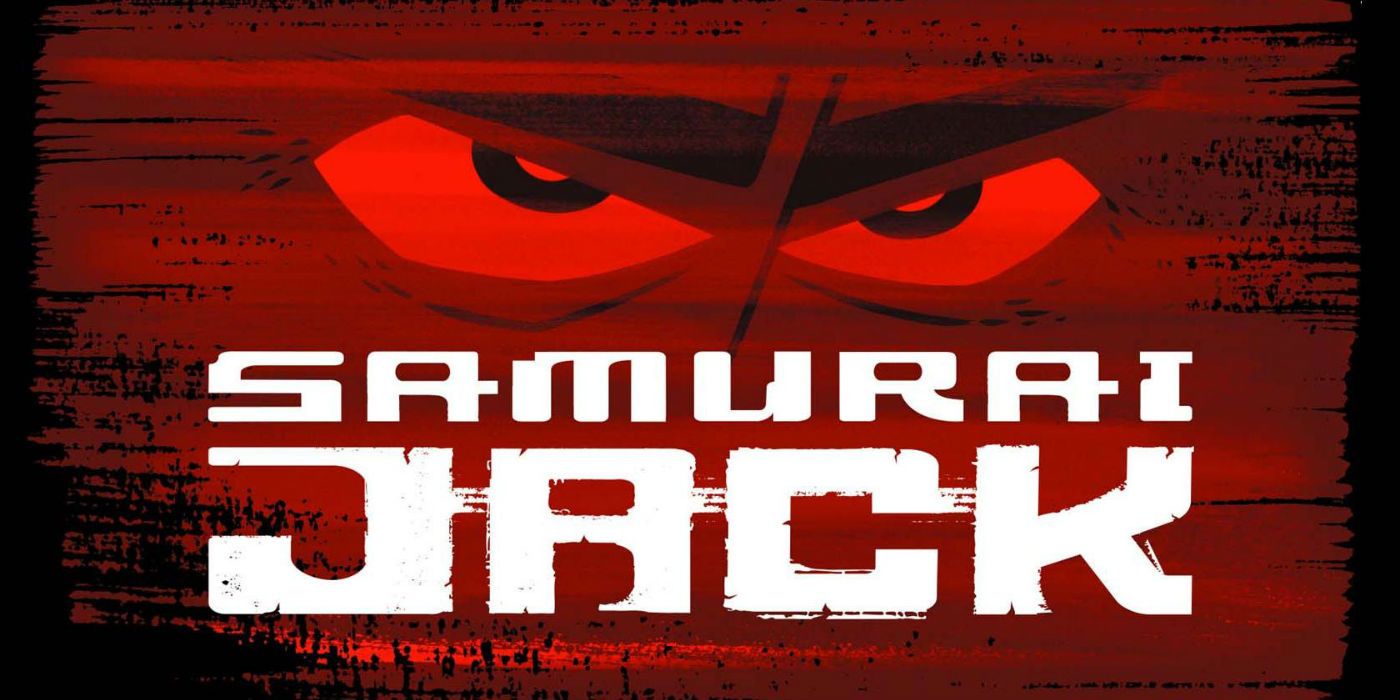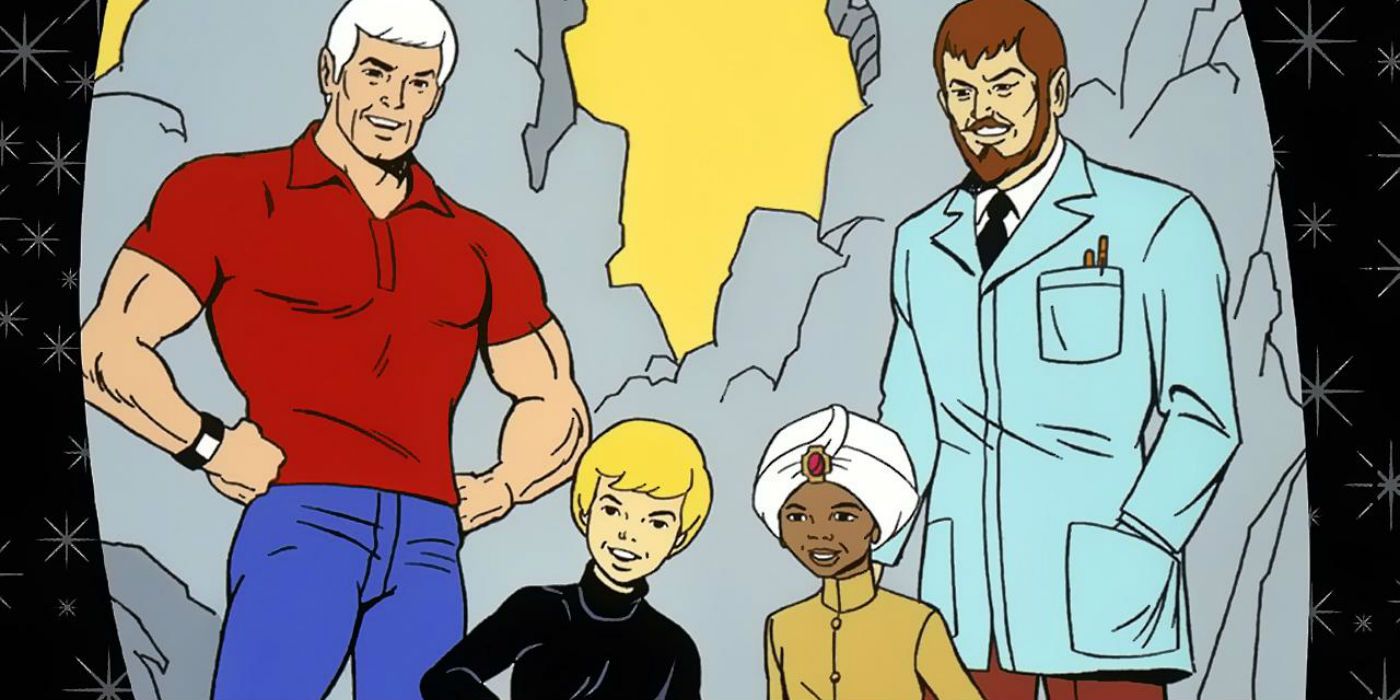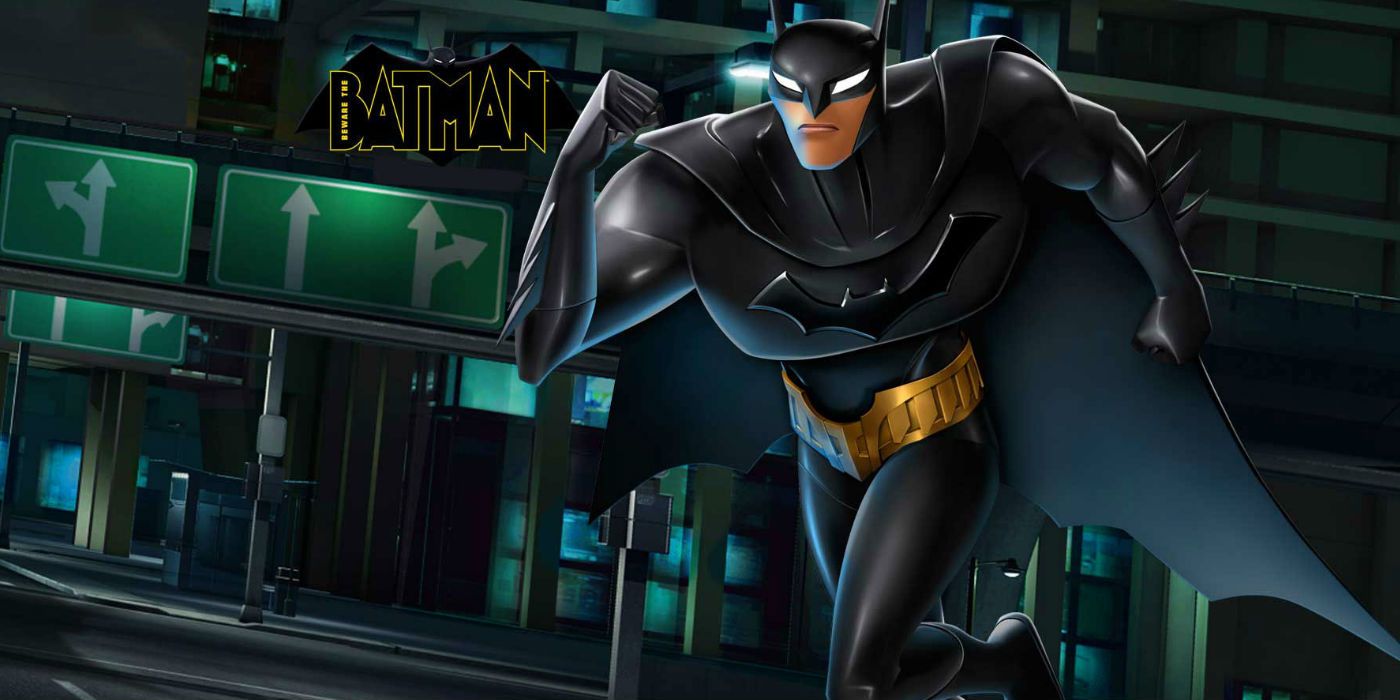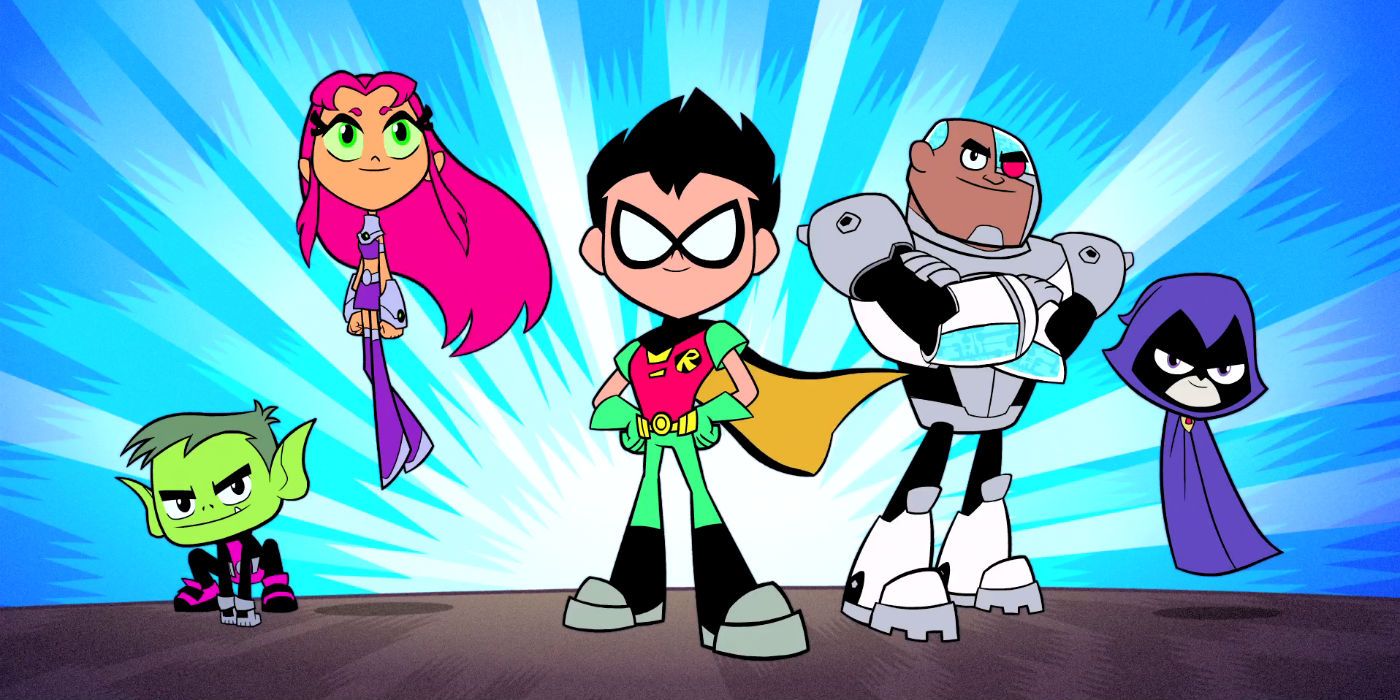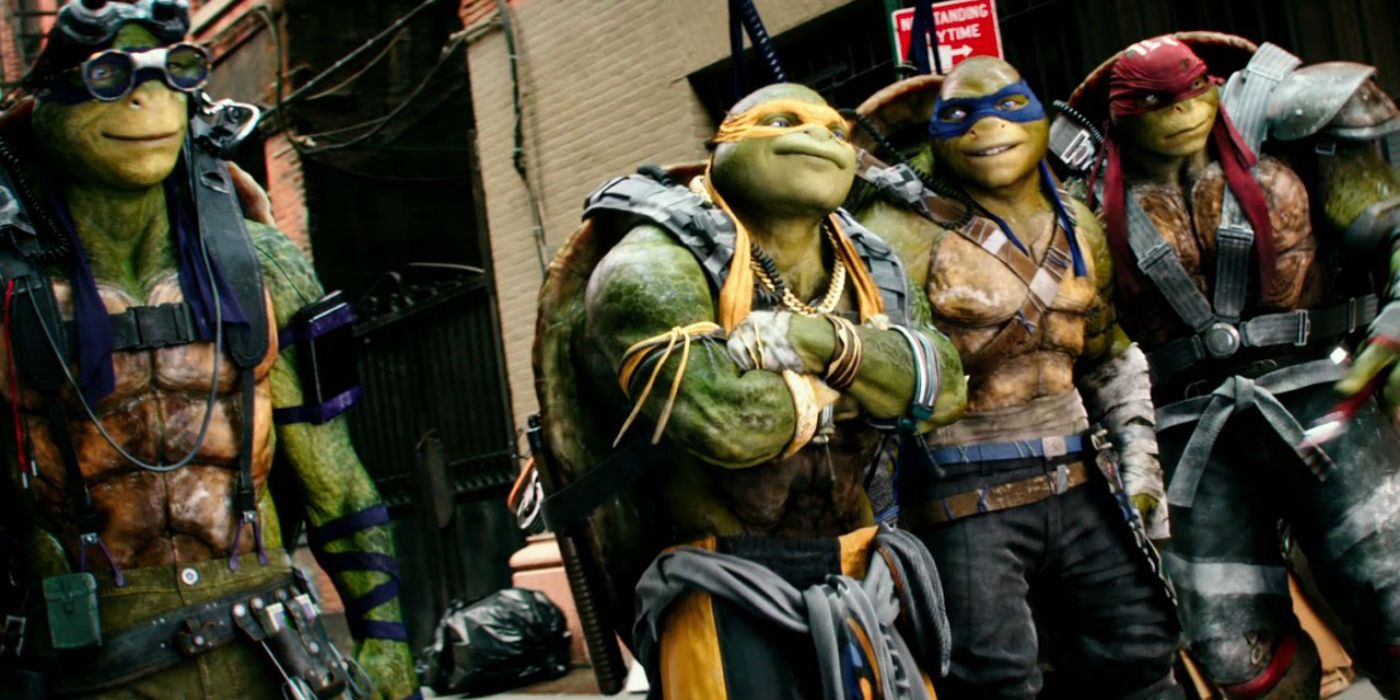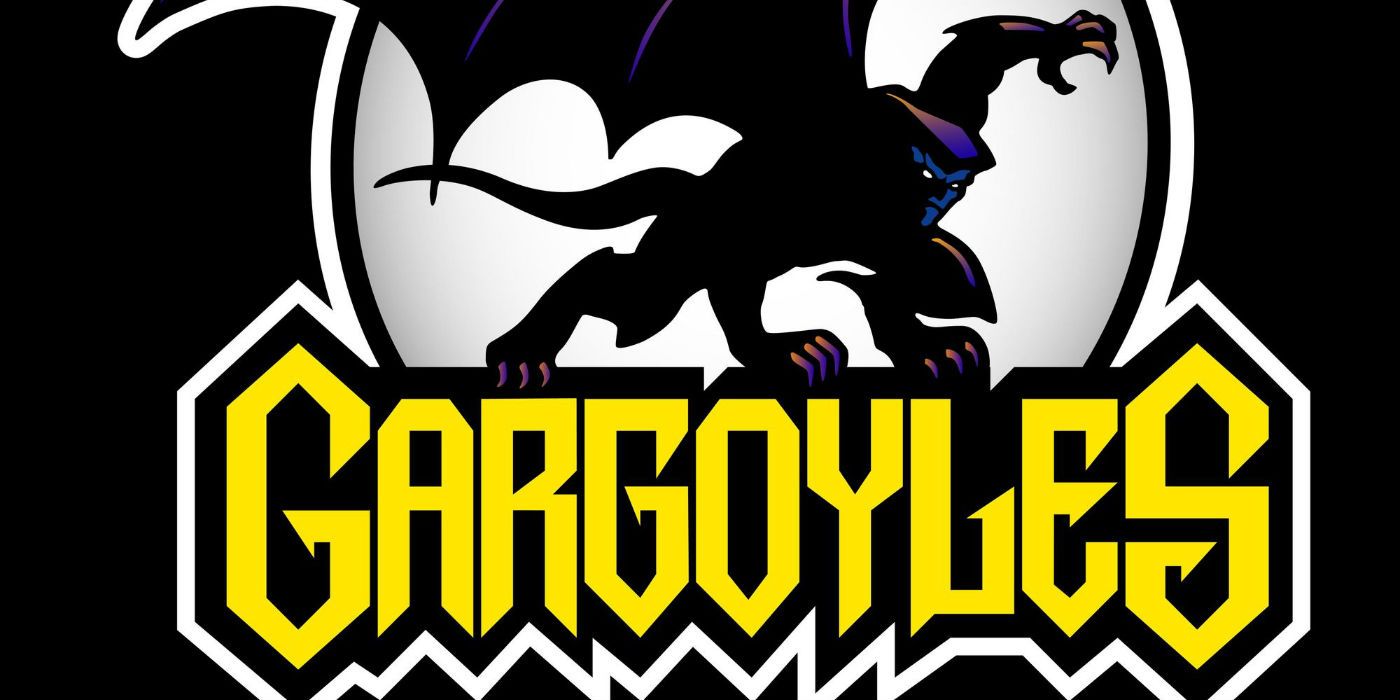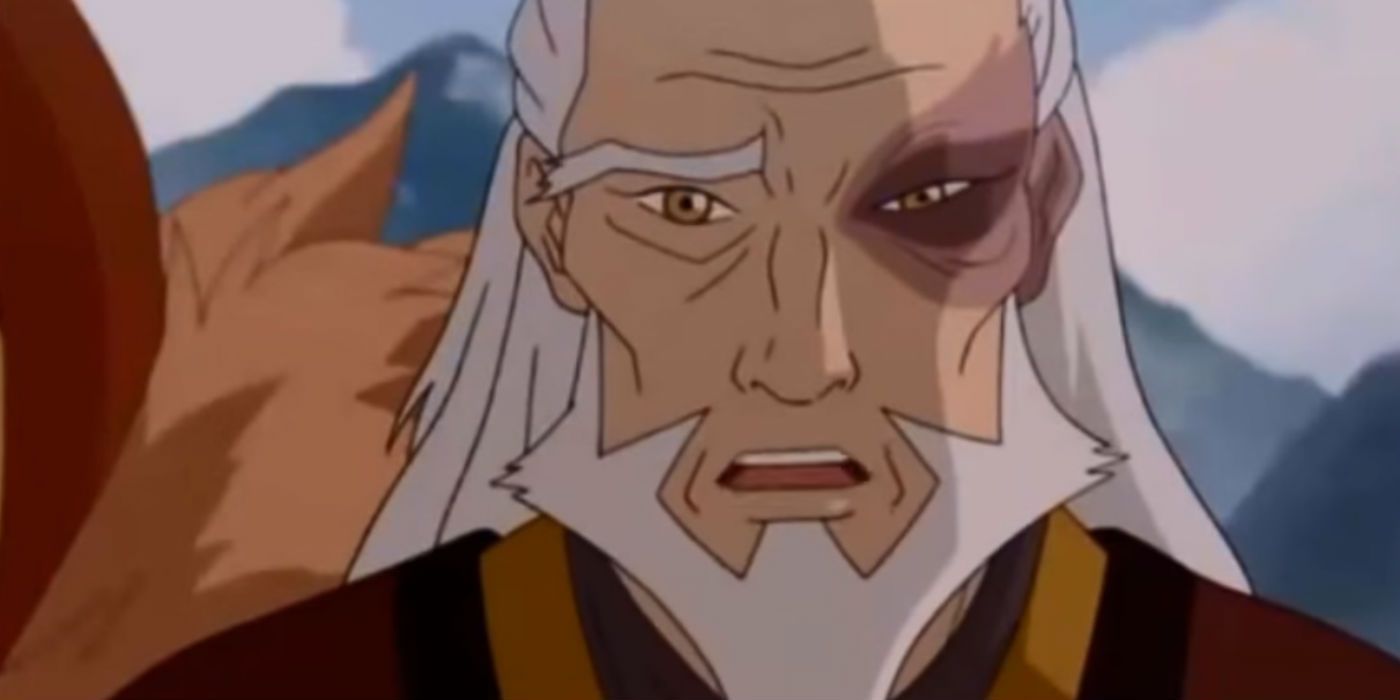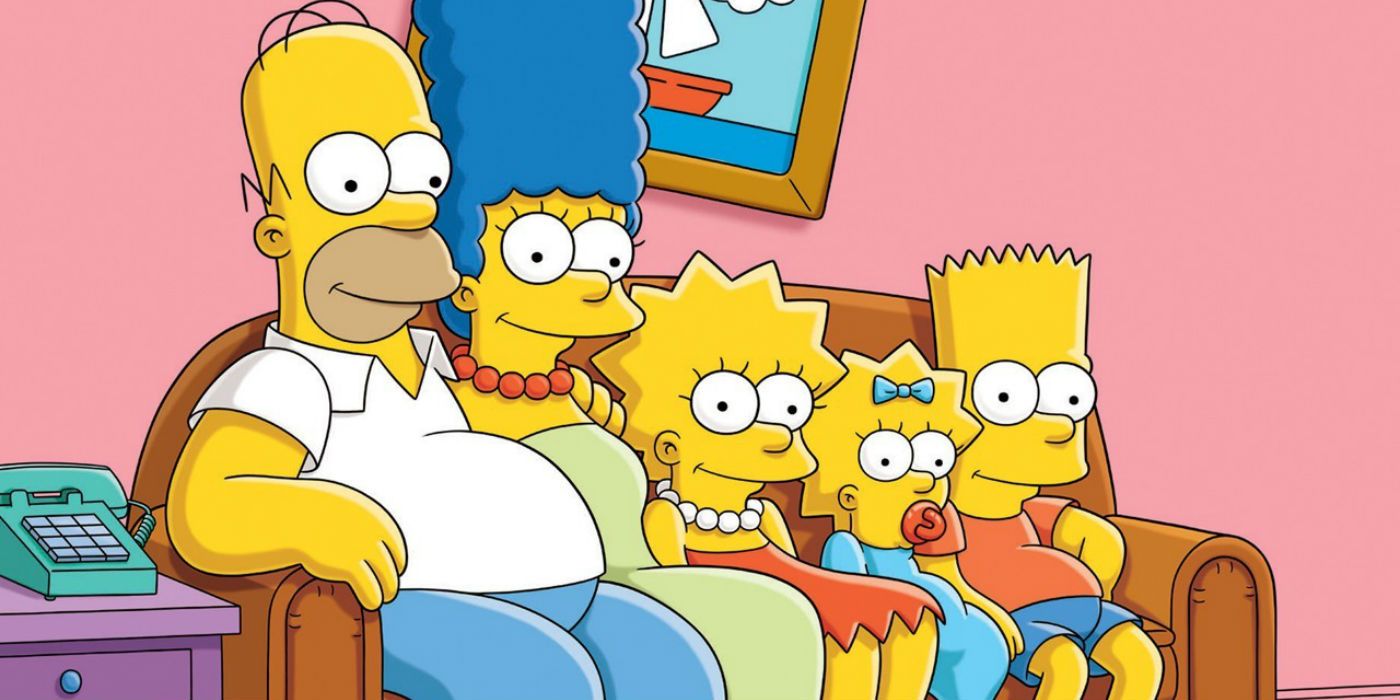Most, if not all of us, grew up watching cartoons about a variety of things. The characters in them were almost always completely nonsensical in one way or another but that's why we loved them. Kids need a bit of levity, that's why they watch cartoons and that's why cartoons are drawn in ways that seem to mock the limits of the real world... that and because often it's just less time-consuming for the animator. When a cartoon does well enough, that's great for everyone. Children get lasting memories of lively heroic figures and everyone who helped make the cartoon gets paid. That success might just prove to be a curse even after the series has ended.
RELATED: 15 Dark Cartoons Your Parents Should’ve Never Let You Watch
You may have noticed, especially in recent years, that many cartoons have been given reboots and comics that have taken those childhood heroes in a darker direction. That sounds like it'd be awesome and sometimes it is; other times however, it's just plain wrong. Characters like Scooby Doo don't need to have a darker image. It's like taking Chip and Dale in Chip n' Dale: Rescue Rangers and having them solve grizzly little animal homicides. You're probably cringing at the thought and there's a reason for that. Dark doesn't work for everything, which is why it's such a shame that these fifteen have been corrupted the way they have.
15 WACKY RACES GANG
Way back in 1968, Hanna-Barbera gave us Wacky Races, a series about a bunch of competitors trying to become the wackiest racer. It ran for just one season and 17 episodes, but it left such an impression that over the decades it has been rebooted and remade quite a few times. Each one was unique in its own way but the spirit of the original remained... that is, until DC released its latest version of it, titled Wacky Raceland.
Wacky Raceland featured the whole Wacky Racer gang but in a post-apocalyptic world. A quick glance at the artwork that fills those pages will tell you that these racers are far from the cartoonishly wacky characters we knew years ago. Some of them will try to murder each other and one of them is a Nazi. The humor is still there, decorated by a dark maturity, so we can't say it was a bad adaptation of the cartoon by any means, it was just really, really dark.
14 SCOOBY DOO
As part of the mini Hanna-Barbera universe DC Comics was trying to create, Scooby Apocalypse was introduced. It takes all the familiar Scooby Doo characters like Shaggy, Fred, Daphne,Velma and of course, Scooby, and revamps them all to fit the darker, edgier universe DC is trying to create.
It's a post-apocalyptic world in which Scooby is a cybernetically enhanced dog, Velma is an impossibly intelligent polymath, Daphne is the former star of a journalist, Fred was the Daphne's cameraman and Shaggy was a dog handler. Don't be fooled by the artwork or the setting, it's still funny. What has changed is the character dynamic and monsters. No more old guys in masks and costumes, just a lot of real monsters running amok. This cartoon might have been corrupted, but you know what? It's actually a lot more enjoyable and exciting that way.
13 THUNDERCATS
ThunderCats, which aired from 1985 to 1989, revolved around a group of feline-like humanoid aliens from the planet Thundera, a planet that dies as they flee. They find a new home on Third Earth where they must protect themselves and the natives against mutants and the forces of Mumm-Ra. It was an action-packed series that maintained an air of innocence, thanks in part to the leader of the ThunderCats: Lion-O, who appeared more mature than he actually was.
In 2002, Wildstorm Comics continued the story of the Thundercats following the events in the series. "ThunderCats: The Return" began with Lion-O, having completed his training, returning to a world that Mumm-Ra had conquered and, as evidenced by Wily-Kit and Wily-Kat, enslaved. It was extremely dark in comparison to the original show and that corruption eventually killed it because that comic book series didn't last long.
12 THE FLINTSTONES
Yabba dabba doo! Any cartoon that contains those words can't be that dark, can it? The Flintstones was a wholesome cartoon about the stone age family of Bedrock. It was The Simpsons before The Simpsons ever existed: each episode would focus on the problems of the everyday suburban household...and some problems that were exclusively 10,000 BC problems.
In 2016, DC released The Flintstones #1 (written by Mark Russell, illustrated by Steve Pugh), which began a comic series in which the Flintstones are depicted as being slightly more realistic and more mature than the source material, at least in appearance. The world has also changed and while it's all still set in an ill-defined stone age period, it's more akin to present day society. While this corruption may be slightly saddening in a way for old fans, we have to admit that the series does a great job at using the Flintstones world to reflect on modern society.
11 TRANSFORMERS
Based on the Hasbro toyline, Transformers was a show about the Autobots: robotic aliens from the planet Cybertron. They are led by Optimus Prime and aided by Sam Witwicky in their fight against the Decepticons, who threaten to destroy the Earth in their war against the Autobots. The original series ran from 1984 to 1987 and since it was based on a toyline for kids, as you'd expect, it was colorful, loud and fun.
When you saw Transformers on this list, you probably knew that the Michael Bay films would have something to do with the corruption of these characters. Congratulations, you're right. That film series opted for a much darker world than the one we grew up with, one with mature jokes that didn't really work with the overall atmosphere, unfortunately, that is now how many people will remember Optimus Prime and the Transformers, which is a real shame.
10 DASTARDLY AND MUTTLEY
Remember those two Wacky Racer contestants, Dick Dastardly and his dog, Muttley? When you think about cartoonish villains, they're probably what comes to mind (either them or Snidely Whiplash). After their success in Wacky Races, they were given their own spin-off show called Dastardly and Muttley in Their Flying Machines, in which they attempted to capture Yankee Doodle Pigeon.
Much like Wacky Races, Dastardly and Muttley were given their own comic book by DC in 2017. This time, they're wartime heroes in a post-apocalyptic world with a dark past. You can definitely feel Garth Ennis' work here with the intensity of war and his humor present throughout the first issue. We can appreciate the artwork and unique take on the classic cartoon villains. It's interesting, to say the least, but we sure do miss the days when these guys were just innocent cartoon bad guys.
9 BEN 10
We were first introduced to a ten-year-old Ben Tennyson in 2005 in Ben 10, in which we got to see him find the Omnitrix and learn how to use it. It was a great cartoon for kids with just the right touch of seriousness, as much as is appropriate for a show about ten-year-olds messing with alien technology.
Ben 10: Ultimate Alien continued Ben's story but this time showed us his life as a teenager. It was a much darker depiction of the character than what we were used to but that just followed the trend the franchise seemed to be on, beginning with Ben 10: Alien Force, which had a slightly darker tone than the original series. All that is gone now, especially with the recent 2017 reboot, Ben 10 which is light and childish from dialogue to animation style. Maybe that's a good thing?
8 SAMURAI JACK
You've got to get back to the past, Samurai Jack... back to when Samurai Jack wasn't as dark as that last season. The fifth season got old fans really excited. Genndy Tartakovsky promised this legendary series would end with a bang, and he delivered on that promise. It was definitely darker than what we were used to. Where Jack would pretty much always use his enchanted sword against Aku's robotic minions.
This time around, his sword spills blood when the daughters of Aku hunt him down. The fifth season did not hold back on themes like failure, regret, sacrifice and bloodshed. You could say that it got edgier because that was generally the trend a lot of cartoons followed, but that corruption fit the series in a lot of ways, including the much mature fans as well as the theme of the story which was darkness and corruption.
7 JONNY QUEST
Another Hanna-Barbera classic was Jonny Quest, a series about the adventures of a young boy and his friends and family. It was light and fun without allowing their adventures to feel childishly outrageous. The original series ran from 1964 to 1965 and after several reboots, it returned with The Real Adventures of Jonny Quest with a new, more mature art style and tone.
The characters were depicted as being some years older and the series itself was much more violent than any of its predecessors and it introduced Questworld, a computer-generated world in which our heroes could infiltrate the enemy through technology. It did not mesh well with the rest of the series and it rendered our beloved heroes unrecognizable to fans of the older series.
6 BATMAN
You're probably wondering how the dark knight could possibly get corrupted by darkness. Well, it's not as simple a case of corruption as the other entries. Batman is a really dark character and it's clear that writers may not know how to work with it on television anymore. In recent years, we've had series such as Beware the Batman and animated films such as Batman and Harley Quinn (directed by Sam Liu), which have not been as successful as their respective predecessors.
In animation, writers are slowly shifting toward more lighthearted adaptations of the dark knight, but is that a good thing? For 20 years now, Batman has been established as a shadowy superhero, fighting as a symbol of fear and darkness against the criminal underworld. The lighter tones of recent adaptations may undermine that symbol and slowly start to ruin the character.
5 TEEN TITANS GO!
Okay, this one is an opposite entry. The original Teen Titan series was the right amount of silly and serious. Sometimes, it got so serious and for kids, it was downright scary. Just take the episode, "Haunted" (written by Adam Beechen) in which Robin finds himself hallucinating and fighting ghosts. That balance in tone could not be mimicked, which might be why the reboot series took a more lighthearted approach.
Teen Titans Go! followed a trend among DC animated series. It pretty much abandons the serious themes for humor and vibrancy, which you can probably gather straight away from one look at the animation style and color. To us, this is a corruption of a different kind, but for many, it was a darker path. Our favorite group of heroes have been warped in cartoons because there are those who criticize DC for taking its characters too seriously in comics and other media when really, they were just fine.
4 TEENAGE MUTANT NINJA TURTLES
A lot of people around you would have grown up watching Teenage Mutant Ninja Turtles on television. It was a kid-friendly adaptation of the incredibly dark comic books published by Mirage Comics in the '80s. The show featured, as the title suggests, mutant turtles who trained as ninjas in their teenage years. The heroes' personalities and the general tone of the series differed greatly from the original comics for obvious reasons. When the films attempted to return them to their more serious origins, things took an ugly turn.
We mean that to be partly literal. Just take a look at Michael Bay's Teenage Mutant Ninja Turtles, which unsuccessfully attempted to give us a darker version of the heroes. It might have worked if it hadn't been done so poorly. They weren't edgy or dark, as was intended. They were just annoying, more than anything.
3 GARGOYLES
This series seemingly came out of nowhere. What was originally pitched as a lighthearted show turned into a dark, complex saga of betrayal, celtic myths, plot twists and characters that Shakespeare would be proud of. It was still a kids show, so there was still balance to maintain. That quality in storytelling seemingly vanished after two seasons and 65 episodes.
The third series, titled "The Goliath Chronicles," was drastically poorer in regards to quality and that's thanks to the corrupting touch of the studio, which replaced all the writers with new ones, unfamiliar with the characters and the world of Gargoyles. This resulted in the show taking a darker path, one defined by relatively childish storylines and character arcs that just didn't fit in with what fans had come to know. This is a perfect example of what happens when creativity is hindered by corporate intervention.
2 ZUKO
In Avatar: The Last Airbender, Zuko was depicted as being incredibly complex and tragic. He was the banished prince of the Fire Nation, scarred by his own father and sent on what seemed like a wild goose chase for the Avatar. It was clear from the beginning that this villain was never wholly evil, just determined to get home. By the end of the series, he had found redemption and a new family.
The comics changed that somewhat and crossed a line that would make the character inaccessible to kids. Indeed, the comics depicted him as being slightly... different. The Dark Horse series, Avatar: The Last Airbender, showcased a darker Firelord Zuko, one hounded by paranoia and night terrors. In that way, it was vastly different from the series and just a little too dark for the character fans had come to admire.
1 THE SIMPSONS
Bear with us here. The Simpsons was a wholesome family show in the beginning. It depicted the average life of an American family (albeit slightly exaggerated) and with each episode for the better part of 10 seasons, the show would tackle a new issue virtually everyone could relate to (unless you're one of those weirdos who has never joined a secret society like the Stonecutters).
At some point, the show began to decline in quality, corrupted by writers getting too reliant on parodies and celebrity guest appearances, darkened by its own cultural relevance and popularity. Yet the show goes on, and has become for many long-time fans, a parody of itself, which is the worst possible thing any decent show could be. Every new season seems like such a shame as we see the writers now desperately trying to garner people's attention and recover from this low.
What other cartoon characters do you think have become corrupted? Tell us in the comments!

